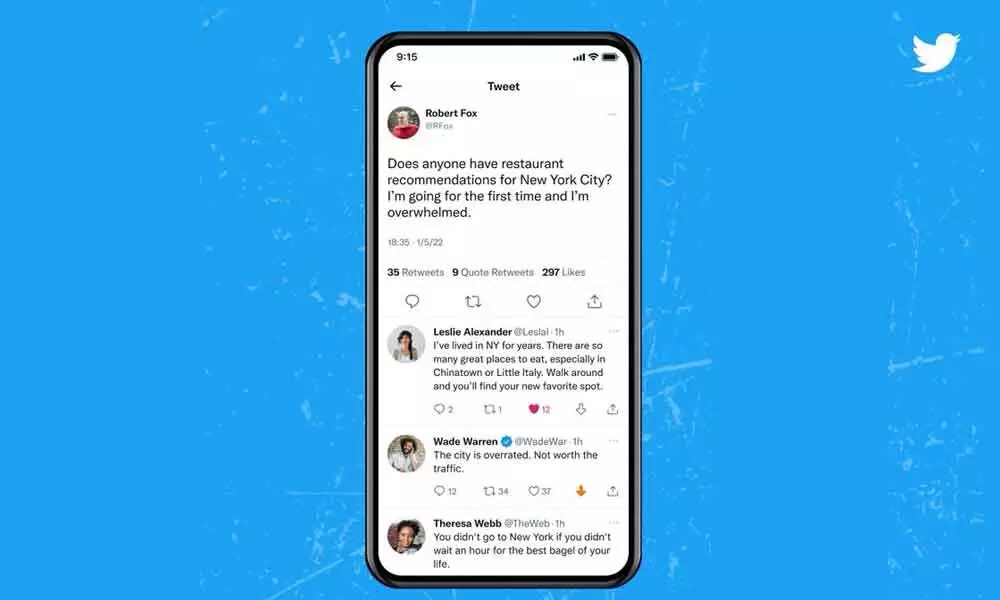Twitter Extends Downvote Test Globally

Twitter Extends Downvote Test Globally
Votes are not public and are used to display relevant answers. The option to downvote was initially given to a select group of web users, but Twitter says it will soon expand the feature to iOS and Android users as well.
If you've seen the option to reject replies on Twitter, you're not alone. The experimental feature, which Twitter began testing last year, is now being shown to a global audience, the company says.
The option to downvote was initially given to a select group of web users, but Twitter says it will soon expand the feature to iOS and Android users as well. Unlike sites like Reddit, total upvote and downvote counts are not public but are used by Twitter in the background to modify the responses it shows to users.
The company said the results of the experiment so far found that users rejected answers they found offensive or irrelevant. "This experiment also revealed that downvoting is the most frequently used way for people to flag content they don't want to see," Twitter said. Presumably, this is instead of muting a conversation or marking it as spam or irrelevant, options that Twitter currently buries inside unwieldy dropdown menus.
Twitter's conclusion so far is that access to downvoting "improves the quality of conversations on Twitter," suggesting that the feature could eventually graduate to becoming a permanent addition to the site.
Downvotes and "dislikes" are easy ways for users to give feedback on content online, but they can also be problematic. They can be used in targeted harassment campaigns, for example, and if they become part of the Twitter algorithm, they can be used to silence dissenting opinions.
In the past, YouTube found dislikes so problematic that it made vote-counting private starting in November of last year. Meanwhile, Facebook has experimented with downvotes but never implemented them, initially preferring only to give users the option to "like" content before expanding the range of reactions using emoji.
















